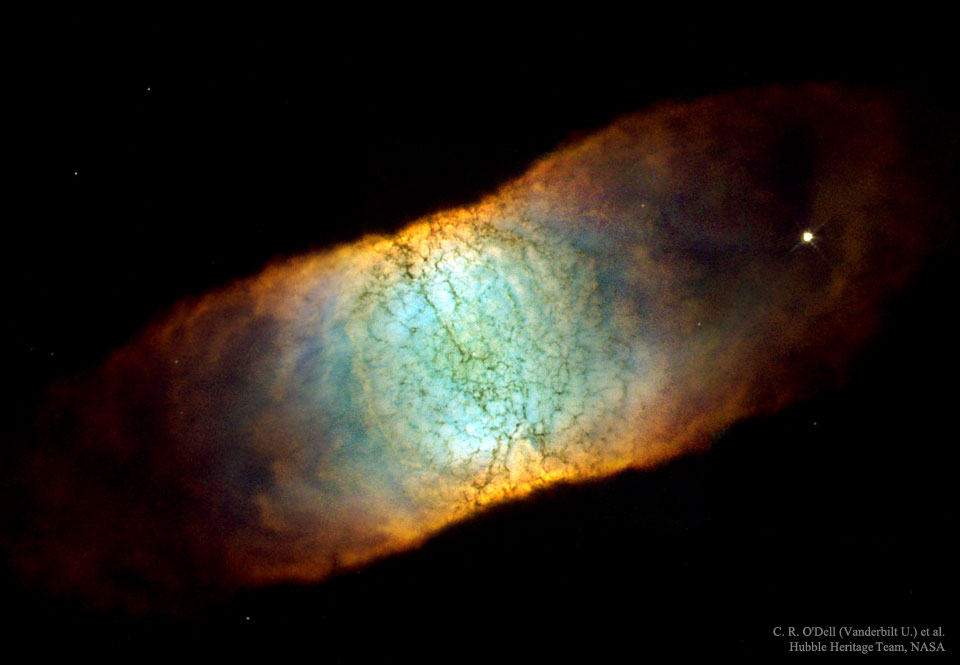Astronomers have been surprised to see a huge shadow sweeping across a disk of dust and gas encircling the nearby, young star TW Hydrae. They have a bird's-eye view of the disk, because it is tilted face-on to Earth, and the shadow sweeps around the disk like the hands moving around a clock. But, unlike the hands of a clock, the shadow takes 16 years to make one rotation. Hubble has 18 years' worth of observations of the star; therefore, astronomers could assemble a time-lapse movie of the shadow's rotation.
via Science Daily
Zazzle Space Exploration market place
